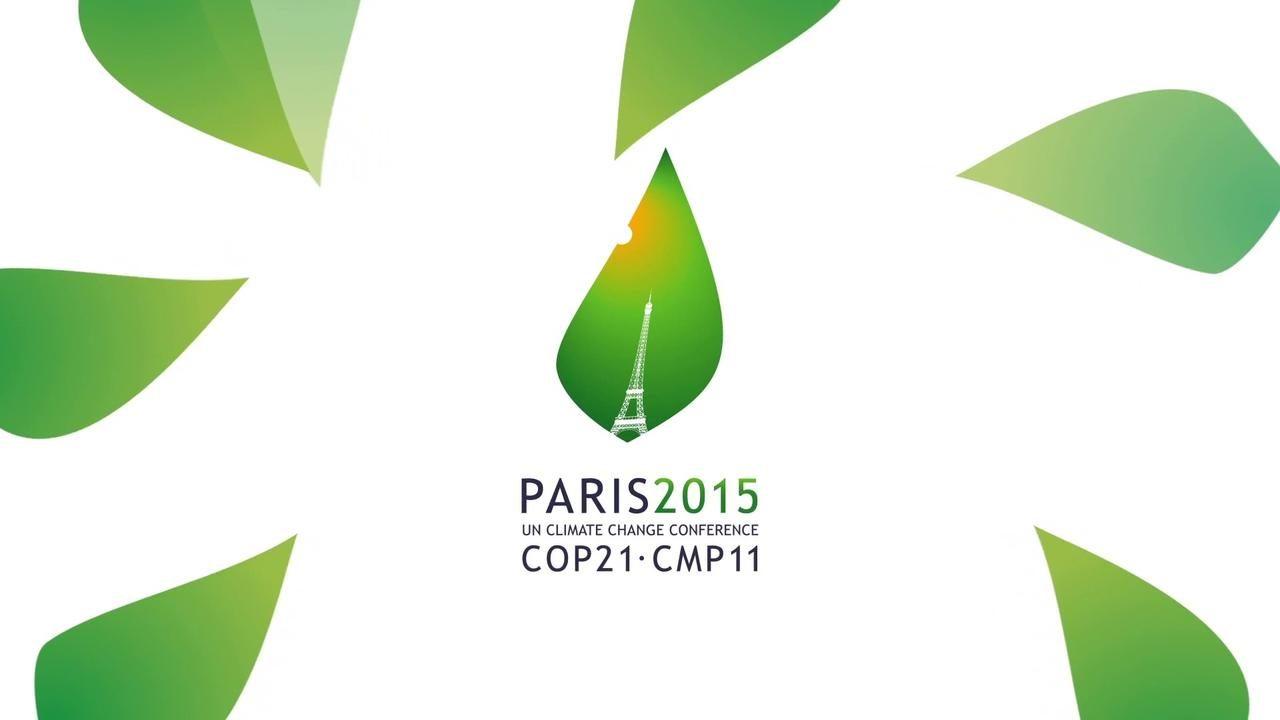
The COP 21 Climate Conference is going on in Paris until 11 December, where negotiations between world leaders and diplomats are under way on how to face the threat of climate change. This meeting of policy makers is driven by scientists' data, experiments and models that reveal the large, ongoing changes and complexities of the Earth's climate. But these politicians and negotiators are not personally reading the thousands of technical papers that represent the body of scientific literature on climate.
Instead, they rely on summaries of all of the data synthesized by the reports of the IPCC, or the Intergovernmental Panel on Climate Change. The IPCC includes a large body of scientists put together by the UN and overseen by the governments of all the UN nations, to write periodic reports on the state of the Earth's climate. ICTP climatologist Filippo Giorgi has been involved in the production of each of the five IPCC reports issued since 1990. He recently explained the long process of creating such reports and summary documents, along with the development of the scientific consensus that yielded progressively stronger statements about climate change leading up to the COP 21 Conference today.
Several hundred scientists collaborate to write a synthesis of recent research for each report. The task is to "make an assessment of all the new research done since the last report − what have we learned − based on published material, which is hundreds, sometimes thousands of papers," says Giorgi, holding the thick book that is the resulting report. After the complex process of writing a draft, there are three rounds of review by governments and other experts, with thousands of comments that each must be addressed. This process is scientifically useful, because the final document is widely read and cited by scientists. However, the key document, which represents the scientific basis for the climate change negotiations, is the summary for policy makers.
"We condense all this work into 30 pages, into bullet points and key messages for policy makers, like the famous one from the 2007 report: 'Warming of the climate system is now unequivocal,'" explains Giorgi. "This summary for policy makers has to be approved word by word, by all the nations." A lot of debate ensues over each word, a sometimes controversial process: "Unequivocal is a very strong word, so there was a lot of debate about whether this was the right word to use." But a consensus has been reached on all of the IPCC reports' summaries: "At the end you have a document, which is in fact a scientifically solid document," says Giorgi, commenting that it is often more easily understandable by non-scientists as a result of this process.
The 2014 IPCC report was the fifth report issued; the first was released in 1990. "Back then, it was the beginning of a recognizable warming trend. The first and second reports hinted that global warming was happening, but there was no clear evidence yet," Giorgi explained. "The difference was in 2001, the third report. For the first time, there was a statement that said we're seeing global warming and this is likely due to anthropogenic emissions of greenhouse gases." This statement became stronger and stronger in the following reports, exemplified in 2007's use of the word 'unequivocal'.
Once the reports have been completed and issued, the policy makers' work of responding to climate change begins, but it is a vastly more difficult process than the writing of the report. Giorgi compares it to the issue of the thinning ozone layer of Earth's atmosphere a few decades ago, a result of the industrial use of a class of chemicals known as CFCs (chlorofluorocarbons). "In that case, it was much easier, because the damage was clear, the reason was clear, the impact was clear, and it was very easily communicated: if you damage the ozone you get more skin cancer, and everybody's scared of skin cancer." The technological solution was also clear; an international agreement phased out the use of CFCs over several years, and the ozone layer has since started to recover. "With climate it is more difficult, because there are much bigger interests at stake, and the damages are less easily quantifiable. There is a storm − is this climate change or is this normal? Or the damage can be 50 years from now − who cares? The politicians do not have this long-term view."
Giorgi is skeptical about the likely outcomes of the COP21 talks. The Kyoto Protocol, developed in 1997, asked for relatively small greenhouse gas emission reductions, he points out. Most countries didn't follow it, and COP21 is focusing on much bigger emission reduction targets. "But one thing that you can see is this green economy coming from the bottom: I think maybe the push from the bottom will be more important than decisions from the government."
Whatever the outcome, the conference shines a spotlight on the major human-induced climate changes currently shaping the Earth, and highlights the large amount of research that contributes to the current body of knowledge about Earth's complex climate systems. ICTP researchers have frequently added to this knowledge over the last twenty years. The reverse-chronological list of articles below on ICTP scientists' contributions is testament to how much has been learned and how much there is still to learn.
- ICTP, Serving Climate and the World
- Climate and Quake Complications
- Charting the Future of Climate Impacts?
- Seeing the Big Picture on Climate Change and Variability
- Can We Improve Regional Climate Projections?
- Projecting Climate Impacts
- Climate Change and Energy Systems
- Earth Warming
--Kelsey Calhoun
















